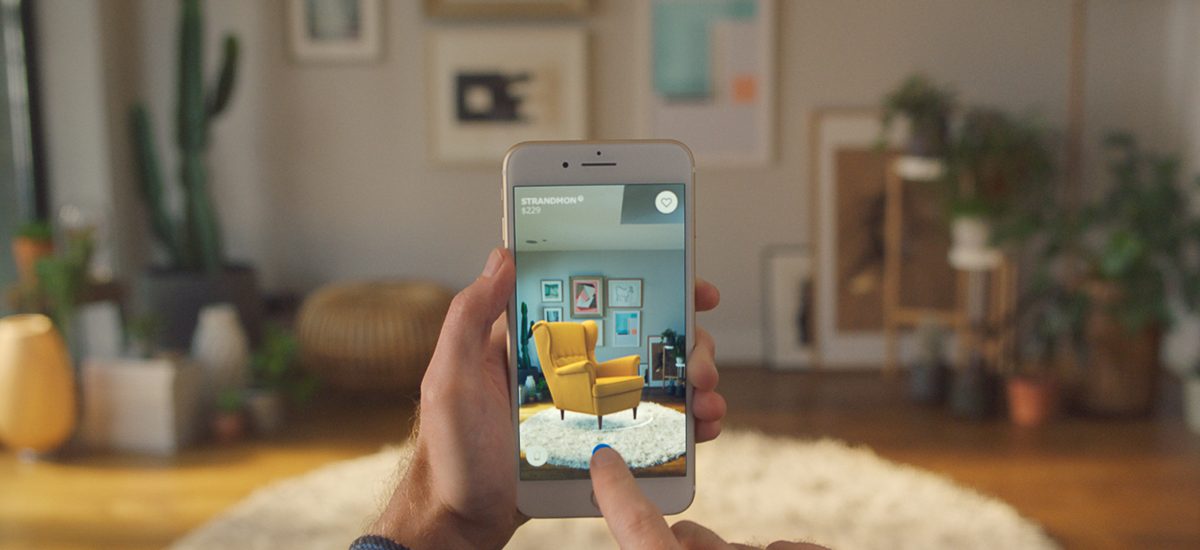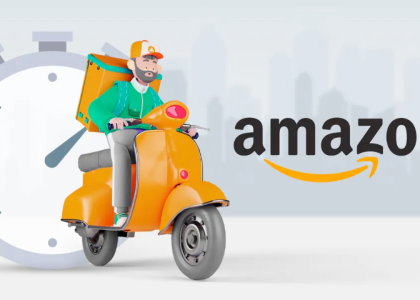Executive Summary
IKEA, globally known for its sprawling suburban warehouses and flat-pack furniture model, has been undergoing a major strategic transformation over the past decade. As urbanization increases and digital commerce reshapes consumer behavior, IKEA has adopted a dual strategy: expanding into urban micro-stores and strengthening its e-commerce and omnichannel capabilities. This pivot is designed to increase accessibility, deepen customer engagement, and stay competitive in the evolving retail landscape. This case study explores the background, the strategic shift, execution roadmap, business impact, and key takeaways from IKEA’s transformation.
Background / Situation
Legacy Model
-
IKEA’s traditional model revolved around massive, out-of-town stores offering low-cost, self-service furniture.
-
Customers would often spend hours in-store, experiencing showrooms and dining in IKEA cafeterias.
-
Limited digital presence and logistics infrastructure limited e-commerce growth.
Emerging Challenges
-
Urbanization: More people living in city centers without cars or easy access to suburban outlets.
-
Digital Disruption: Rise of Amazon, Wayfair, and DTC brands offering online-first furniture buying.
-
Sustainability Pressure: Growing emphasis on carbon footprint and last-mile logistics.
-
Changing Lifestyles: Increased demand for convenience, delivery, and customization.
IKEA’s original retail model, successful for decades, started showing cracks in a mobile-first, urban world.
Strategy / Approach Taken
Vision Statement
“To be accessible, affordable, and sustainable for the many people—wherever and however they choose to shop.”
Dual Strategy Pillars
-
Urban Micro-Stores (City Stores): Compact formats located in city centers
-
E-Commerce Transformation: Integrated online experience, click-and-collect, last-mile delivery
Target Objectives
-
Reach urban millennials and Gen Z without traditional cars or time to travel to warehouses
-
Improve IKEA’s digital brand perception
-
Reduce dependence on legacy stores
-
Strengthen omnichannel CX and logistics
Supporting Strategic Moves
-
Acquisitions of tech and fulfillment startups (e.g., Geomagical Labs, TaskRabbit)
-
Integration of AR, AI, and planning tools into the online journey
-
Piloting new store formats (e.g., IKEA Planning Studios, IKEA Home Experience centers)
Implementation
Urban Micro-Store Rollout
-
Opened in key metros like Paris, New York, Tokyo, Mumbai, London, Shanghai
-
Size: 10,000–25,000 sq ft vs traditional 300,000+ sq ft
-
Focused on:
-
Planning tools for kitchens, wardrobes
-
Room vignettes and curated displays
-
Assisted selling with appointments
-
No stock; home delivery only
-
Digital & E-Commerce Investments
-
Upgraded IKEA app and website with AR tools
-
Launched 3D room planners and virtual walkthroughs
-
Expanded same-day/next-day delivery in major markets
-
Built regional fulfillment centers in proximity to cities
-
Click-and-collect lockers, parcel shops, and bike delivery pilots
Logistics and Partnerships
-
Partnered with Instabox, Bringg, Bolt, DHL for last-mile solutions
-
Strengthened TaskRabbit integration for assembly
-
Launched circular economy pilots: furniture buy-back, secondhand outlets
Results & Impact
Market Penetration
-
50+ city stores opened across 20+ markets by 2024
-
Online sales now account for 30%+ of IKEA’s global revenues (up from ~7% in 2018)
-
Significant growth in urban Gen Z and millennial shopper base
Financial Impact
-
IKEA parent Ingka Group invested over €5 billion into digital and urban retail transformation since 2018
-
Same-store sales increased in cities with urban formats
-
Higher revenue/sq ft reported in micro-stores vs traditional warehouses
Customer Experience Gains
-
Higher NPS in urban stores due to accessibility
-
Reduction in customer complaints related to delivery and navigation
-
Customers now shop via a blended journey: mobile discovery → in-store planning → home delivery
Operational Efficiency
-
Reduced real estate costs per store
-
Data-driven merchandising enabled better inventory optimization
-
Lower carbon emissions in logistics with EVs and bike fleets
Best Practices / Learnings
-
Retail Needs Localization: City formats must be tailored to hyperlocal needs and living standards.
-
Digital Complements Physical: Online planning tools, AR, and digital CX are indispensable to store formats.
-
Small is Strategic: Smaller formats enable higher frequency, better margins, and urban relevance.
-
Last-Mile is Make-or-Break: Investment in local fulfillment and delivery partners was key.
-
Sustainability Wins Loyalty: Circular economy initiatives and local sourcing resonate with modern consumers.
-
Omnichannel is Not Optional: IKEA’s future growth relies on seamless cross-channel integration.
Sources
-
IKEA Annual Summary Reports (2018–2024)
-
Ingka Group Sustainability Reports
-
Retail Dive, Financial Times, Forbes, Fast Company
-
Interviews with IKEA leadership from Reuters and Business Insider
-
Harvard Business Review: “IKEA’s Reinvention for the Urban Shopper”
-
Bloomberg Retail Strategy Roundtable 2023
-
Statista: IKEA Online Revenue Trends






